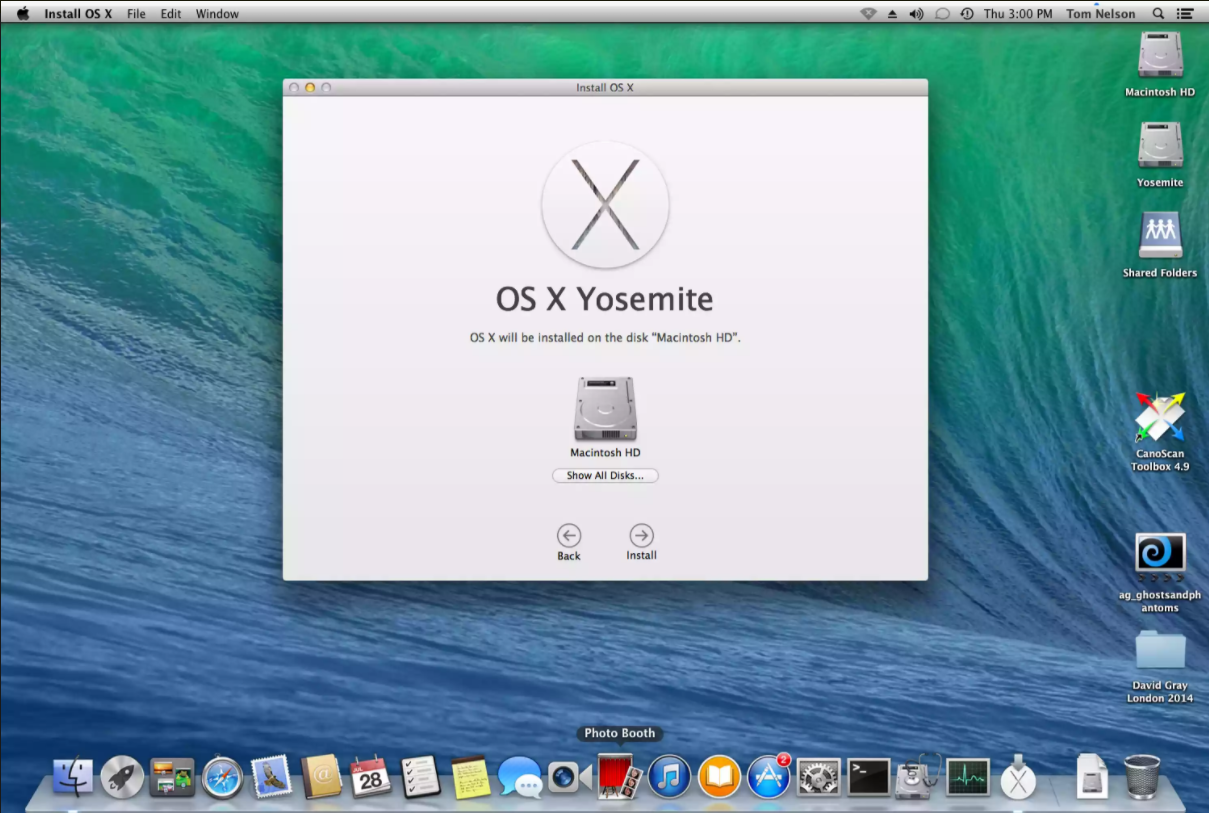Tutorials to Upgrade to OS X Yosemite on Your Mac
- Apr 13, 2020
macOS Yosemite also provides a user-friendly upgrade install as the default installation way. The whole process can be finished in just a few steps.
Yet before launching the Yosemite installer, you may want to make sure it is the correct install option, that your Mac is properly ready, and that you have all the things required at your fingertips.
How to Upgrade macOS Yosemite on Your Mac?
Good news is that Yosemite does not require any hardware to work on most Macs. If the Mac you are going to Upgrade the system on can run macOS Mavericks, it should be relatively easy. Here are a few more preparations to do:
Back up.
After all, you will make major changes to your Mac, including installing new system files, deleting old ones, applying for new permissions, and resetting some preferences. So backing up is always a good idea.
Types of OS X Yosemite Installation Options
- Upgrade Install: Doing this will completely remove the current version of macOS from the startup drive. Since it is an upgrade, it will not make any changes to your user data. Instead, it will update your data with the newer version.
- Clean Install: Doing this will complete remove all data on the target drive and replace it with macOS Yosemite and the apps that come with it.
Steps to Upgrade Install macOS Yosemite

- If your Mac is running a version of macOS that is older than macOS Snow Leopard 10.6, you will need to purchase Snow Leopard first.
- Once you have finished downloading Yosemite Disk Image, launch it to start the installation and follow the instructions to proceed.
- When the Yosemite license agreement will appear, select Agree.
- When the install OS X app opens, select Continue.
- You will be presented with your Mac’s startup drive as the install directory for the system. If this is correct, click Install. Or you can Select all Disk to choose a different drive location.
- You will be asked for the administrator password. Then it will take a few minutes until it is complete and restarts.
- After the restart, your Mac will present a gray screen with a progress bar. Then it will show an install window with a progress bar and a time estimate.
- Once the progress bar completes, your Mac will reboot again.
Popular Posts
- What Kind of Programs do You Think are Necessary in Windows 10?
- What’s SpyHunter and How to Fix the File Being Quarantined
- How to Forcibly Remove a Program That Won’t Uninstall in Windows
- 3 Tips to Remove a Program that Won’t Uninstall
- How To Uninstall Applications On Windows 10 – Program Removal Guides
- Tutorial: How to Remove & Uninstall Programs / Applications on Windows 7
Comments
You must be logged in to post a comment.